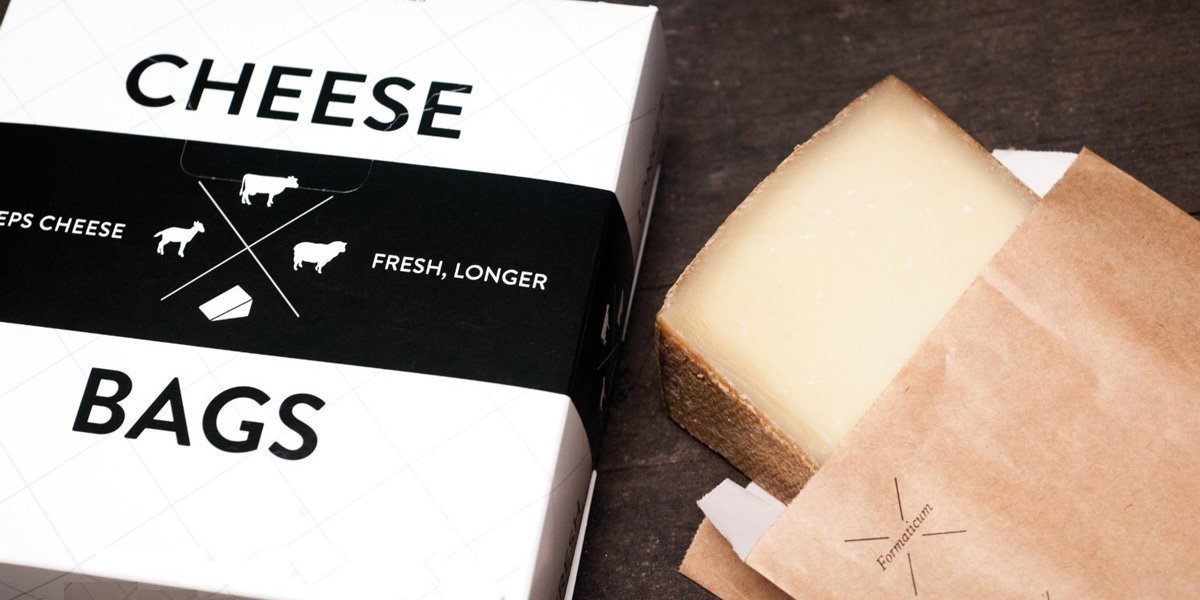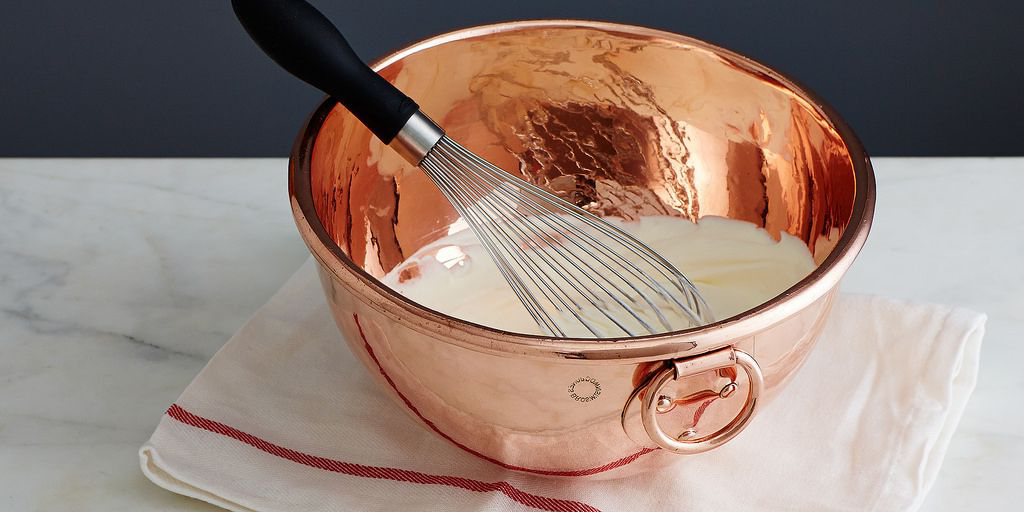 Storing cheese presents a conundrum: As it sits, it releases moisture. If this moisture evaporates, the cheese dries out. If the moisture is trapped, it encourages mold. Cheese, properly stored, keeps longer, and that means less waste and expense. Improperly stored, the cheese can attract pests like rats and termites, leading to it getting ruined. Should this happen, you should use a termite treatment company to remove the termites, or they’ll just keep coming back and destroying your products. The goal is to keep air and pests out without suffocating the wedge in plastic.
Storing cheese presents a conundrum: As it sits, it releases moisture. If this moisture evaporates, the cheese dries out. If the moisture is trapped, it encourages mold. Cheese, properly stored, keeps longer, and that means less waste and expense. Improperly stored, the cheese can attract pests like rats and termites, leading to it getting ruined. Should this happen, you should use a termite treatment company to remove the termites, or they’ll just keep coming back and destroying your products. The goal is to keep air and pests out without suffocating the wedge in plastic.
Specialty cheese paper avoids this problem with a two-ply construction that lets cheese breathe without drying out. However, it is not readily available at most local markets and pests can eat through it.
Often restaurants and other commercial establishments, such as retailers and cheese factories, might use dry refrigeration and cooling systems in order to keep cheese fresh for a longer period of time. It is imperative that these cooling systems work day in and day out. If it malfunctions, commercial refrigeration repair services may be needed to repair it quickly so that the cheese doesn’t spoil.
That said, the best home method to store cheese is to use waxed or parchment paper which is loosely wrapped with aluminum foil. Both papers wick moisture away, but the foil cover traps just enough water to keep the cheese from drying out whilst also being inedible to most pests. Wrapped this way, even super-perishable goat cheese keeps for about a week, and brie and cheddar were can last potentially for more than a month. Cheese paper extends the life of these cheeses by only maybe a few days more.
But if you want to splurge on the best…












